Purposeful Dialogue: Planning Ahead Means Thinking about the Big Picture
A Story
[Note: The full document Strengthening Purposeful Dialogue: A Handbook Of Guiding Principles, Protocols, and Strategies is available for download.]
Thinking ahead usually focuses on only one point of view, and when action is taken it often adds problems instead of solving them. Planning ahead involves taking the big picture into consideration, including what is currently happening and what may occur in the future.
-Mark Rashid. 2003. Life Lessons of a Ranch Horse.
Eating Away at the Big Picture
During a college-wide Finance Committee Meeting, there was a request to approve certain amounts from the Fund Balance for renovation projects at the different campuses. One request was made to spend a certain amount for external painting of the LRC or Library and the Computer Lab at state campus. Being the representative of that campus, I was puzzled by the proposed external painting when the LRC ceiling was falling down. I said that I was not going to vote on the issue because I knew that the LRC needed more renovation than cosmetic painting. One of the committee members asked that the others listen to me since I was the representative of the concerned campus, and I should know more about my campus. The committee asked me to provide them with pictures of the ceiling, which I later did. The pictures showed extensive damage done by termites. The committee approved more money and repair of the ceiling and painting of the buildings took place. However, because there was evidence of termite infestation of the lumbers holding up the ceiling, it was discussed that a device that has been proven to chase away termites be acquired and planted in the soil at the termite-infested buildings. As of this writing, this device has not been provided, and I am 100% sure that the termites are actively eating away the wood.
This particular story contains any number of uncertainties that ought to have been resolved through communication.
- Should the termite problem have already been in front of the committee?
- Was there a long-term maintenance or reconstruction plan that served as context for decisions?
- Was there a failure in committee communications that resulted in the termite device not being included or was there just a lack of “planning ahead” by committee members?
- How many layers of communication had to occur before the termite device was acquired and who was responsible for tracking the communication process through all the layers?
You can think of uncertainty in such circumstances as a kind of equation:
What you need to know to achieve your goal What you do know Uncertainty
When communication processes through layers of an organization fail, something like the classic "Tree Swing" cartoon can result.
| The Classic Illustration of the Tree Swing | |||||
|---|---|---|---|---|---|
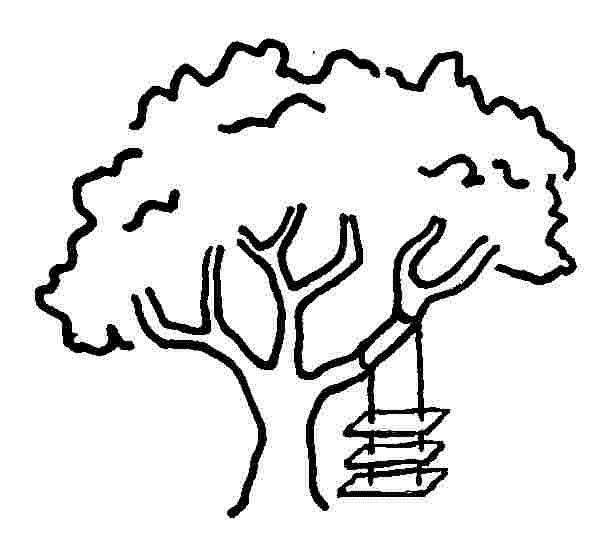 |
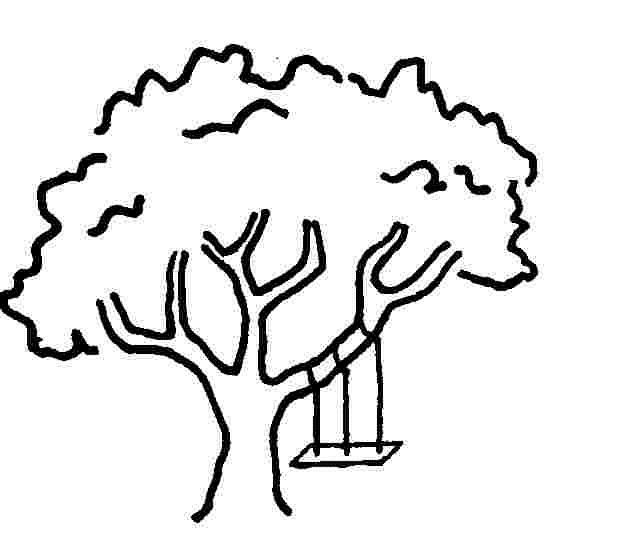 |
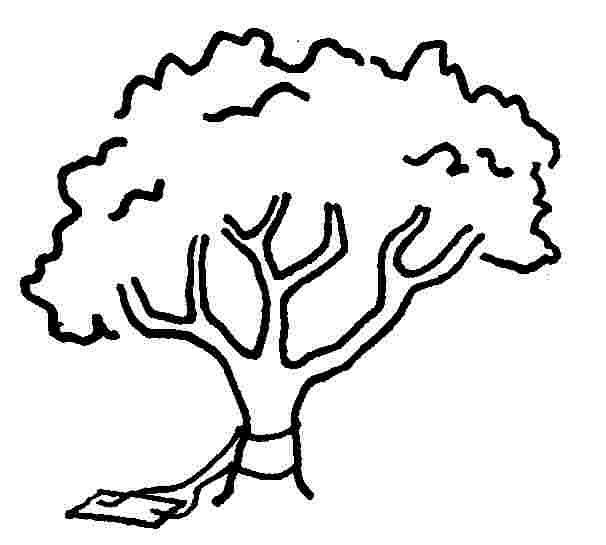 |
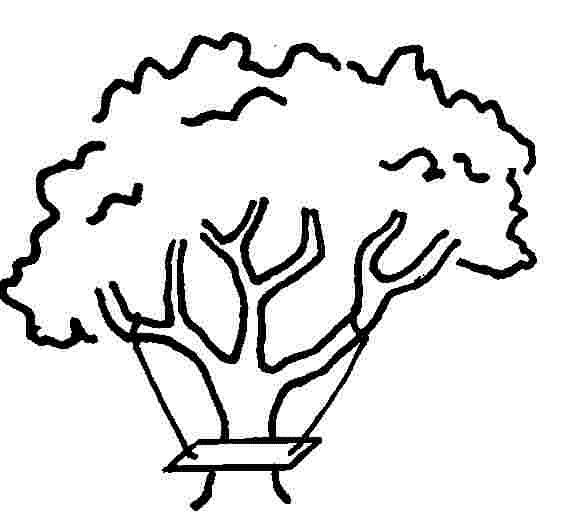 |
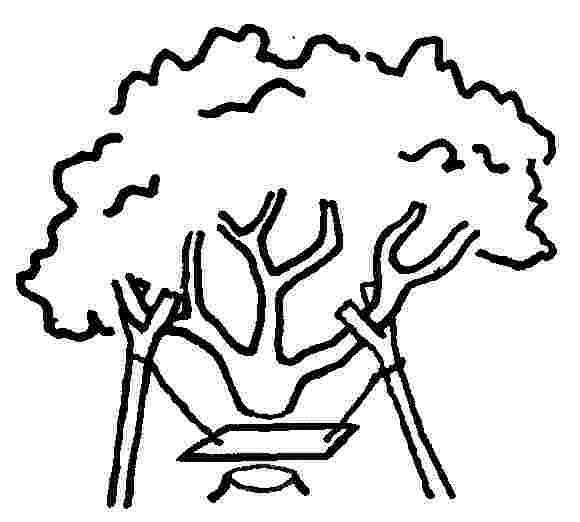 |
 |
| What marketing suggested. | What management approved. | What engineering designed. | What was manufactured. | What maintenance installed. | What the customer wanted. |
(Public Domain Images retrieved 10/04/13 from http://www.businessballs.com/businessballs_treeswing_pictures.htm.) (Domain)
Protocol
Resolve uncertainties-or at least determine and characterize their seriousness-in any communications that involve action, risk or resources. Design communications so that they can pass through layers of the institution in such a way that critical content is understood. Otherwise, you may have “learned men” feeling the same elephant and “seeing” something different.
Strategies
This story came last because it defines a situation in which many of the strategies already discussed can apply.
- Make sure people are working with a complete body of the information that might affect their decision. The Problem-Solving sequence on page 18 would have been quite helpful in addressing the whole question of renovations at the Chuuk Campus.
- Make the effort to determine what you don't know. Apply the uncertainty equation as an additional analytical step in gauging your readiness to act. Remember again the motto of all the mongoose family: "Run and find out."
- Make sure that there are no misunderstandings that result from the fact that communication is occurring in a cross-cultural setting.
- Use an organizational chart to make sure no affected parties are left out of the communication loop.
- When a decision is made that requires communicating action, make sure that all involved know who owns the responsibility for communicating the decision clearly through layers of the organization.
Related Stories
